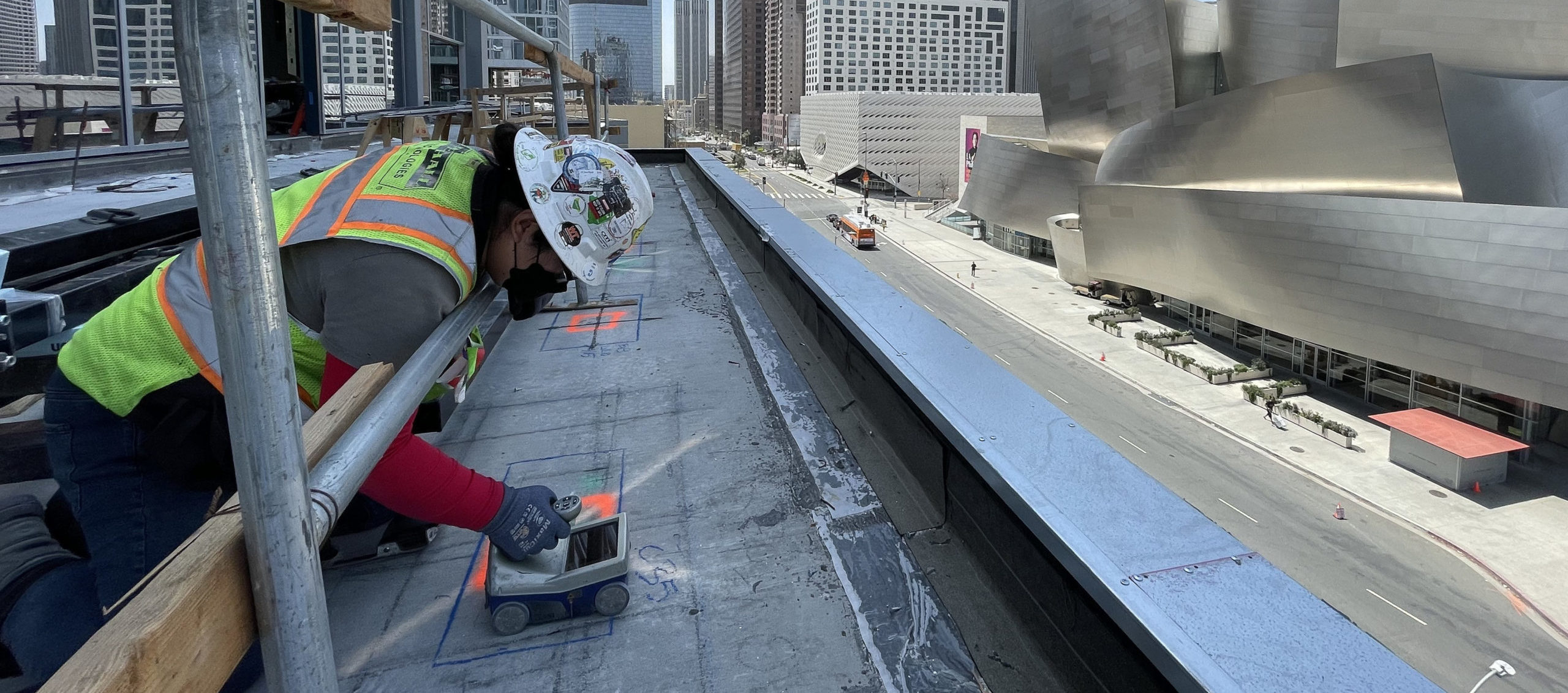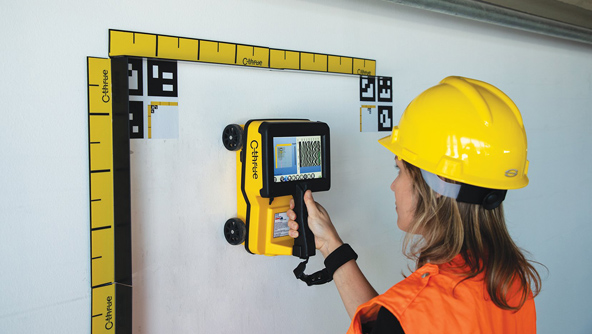Concrete Scanning: An Essential Action Towards Guaranteeing Architectural Stability and Safety
In the realm of building and construction and facilities upkeep, the significance of concrete scanning can not be overstated. This meticulous procedure holds the crucial to unveiling potential hazards concealed under the surface of relatively strong structures. By using innovative innovation and methods, concrete scanning offers as a pivotal tool in guaranteeing that the integrity and safety and security of bridges and structures are supported to the highest requirements. However, beyond its surface-level effects, the function of concrete scanning expands far much deeper than meets the eye.
Importance of Concrete Scanning
Concrete scanning plays a vital role in making sure the architectural honesty and safety of buildings and facilities tasks. By utilizing sophisticated innovations such as ground-penetrating radar (GPR) and electro-magnetic induction, specialists can non-destructively examine concrete structures to find possible issues, voids, embedded objects, and reinforcement design. This procedure makes it possible for very early discovery of abnormalities that can compromise the stability of a structure, preventing costly damages and guaranteeing the security of passengers.
Before drilling, reducing, or coring into concrete, scanning aids recognize the accurate areas of rebar, post-tension cords, and other ingrained elements, lowering the danger of accidental hits that can lead to structural weak points. Additionally, concrete scanning help in quality control by validating the thickness of concrete covers and detecting any type of discrepancies that might affect the general durability of the framework.
Modern Technology for Concrete Evaluation

Advantages of Very Early Discovery
Prompt discovery of structural problems can substantially alleviate dangers and guarantee the durability of building projects. By identifying possible troubles beforehand in the building and construction procedure, stakeholders can take positive steps to deal with concerns before they escalate into larger and much more expensive issues. One of the key advantages of very early detection is the prevention of architectural failings, which can position major safety risks and result in project hold-ups and monetary losses.
Furthermore, early discovery enables timely fixings and upkeep, which can help extend the life expectancy of the structure. By resolving problems promptly, building and construction teams can avoid pricey repair work and even the requirement for premature replacement of structural parts. This positive approach not just saves money and time but additionally improves the total security and resilience of the building and construction job.
In addition, early discovery can improve task planning and decision-making by supplying stakeholders with valuable understandings right into the condition of the framework. Equipped with this information, task managers can make educated selections concerning building approaches, timelines, and materials, bring about much more effective and effective project results.
Ensuring Structural Security
Guaranteeing the structural stability of a construction task is extremely important to its safety and security and long life. Concrete scanning plays a vital function in making sure structural stability by detecting possible concerns such as spaces, delamination, or reinforcement corrosion that can jeopardize the stability of the structure over time.
By making use of sophisticated scanning innovations like ground-penetrating radar (GPR) and electromagnetic induction, building and construction specialists can non-invasively check concrete structures to recognize locations of issue beneath the surface area. This positive approach enables the very early discovery of weaknesses or issues, allowing prompt fixings or support to avoid structural failings.
Routine concrete scanning throughout different construction stages and throughout the life cycle of a framework can help preserve its stability, alleviate risks, and make certain the security of owners. By prioritizing architectural stability via concrete scanning, construction tasks can enhance their strength and sturdiness, ultimately contributing to better security and long life.
Avoiding Essential Failures
To secure versus devastating occasions, thorough monitoring and this contact form positive upkeep are crucial in averting vital failings within architectural frameworks. Finding possible issues before they intensify is vital to stop architectural failings. Applying routine evaluations, such as concrete scanning, can expose surprise defects like voids, fractures, or deterioration that can compromise the integrity of a structure. By using sophisticated scanning modern technologies like Ground Passing through Radar (GPR) or Concrete X-ray, engineers can non-destructively assess the condition of concrete and determine weak points that need reinforcement or repair service - RainierGPR Service Areas.

Final Thought
Finally, concrete scanning plays an important duty in making sure architectural stability and safety by utilizing advanced modern technology for very early detection of potential issues. This aggressive technique assists avoid crucial failures and makes certain the security of structures. It is vital to focus on concrete assessment as a common practice to protect the long life and security of buildings and look at more info framework.
Concrete scanning plays an important role in making certain the structural integrity and safety and security of buildings and framework jobs. In addition, concrete scanning help in high quality control by verifying the density of concrete covers and discovering any inconsistencies that may impact the overall toughness of the structure. Concrete scanning plays a critical function in making certain structural security by spotting possible issues such as gaps, delamination, or reinforcement rust that can jeopardize the honesty of the structure over time.

In verdict, concrete scanning plays an essential duty in making certain architectural stability and safety by utilizing innovative modern technology for very early detection of potential concerns.